Equality And Diversity Officer And Vanity Fair’s The Lord Of The Rings Expert Accuses Tolkien Of Orientalism, Applauds Amazon For Removing White Characters
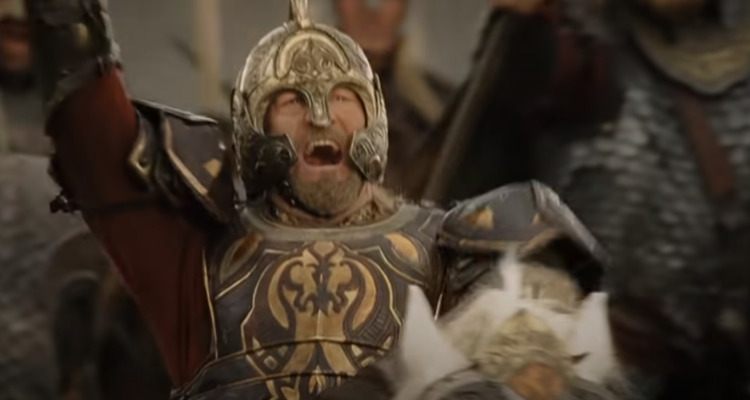
The Equality and Diversity Officer for the Centre for Fantasy and the Fantastic at the University of Glasgow as well as Vanity Fair’s Tolkien expert that they used to call fans racists, Mariana Rios Maldonado, recently penned an article alongside self-described specialist on J.R.R. Tolkien, Dimitra Fimi, accusing Tolkien of orientalism and applauding Amazon’s decision to remove white characters.
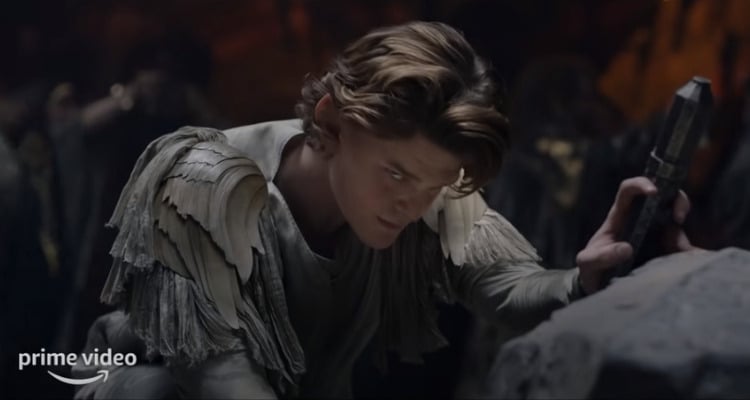
Source: The Lord of the Rings: The Rings of Power
In an article titled “‘Lord of the Rings’: Debunking the Backlash Against Non-White Actors in New TV Adaptation” Maldonado and Fimi argue that the fact that “Tolkien never described elves, dwarves or hobbits as anything but white, and claim that the casting is disrespectful to his books” is “flawed in two ways.”
First, they claim “these are imaginary creatures which are not always clearly described in the original books — Tolkien was more interested in the metaphysical than biological questions.”

Source: The Lord of the Rings: The Return of the King
RELATED: The Lord Of The Rings Fan Site Torches Amazon’s New The Lord Of The Rings: The Rings Of Power Series
This assertion is utterly ridiculous given Appendix C found in The Lord of the Rings is literally titled “Family Trees” and provides a genealogy of the Baggins of Hobbiton, the Took of Great Smials, the Longfather-Tree of Master Samwise, and the Brandybuck of Buckland.
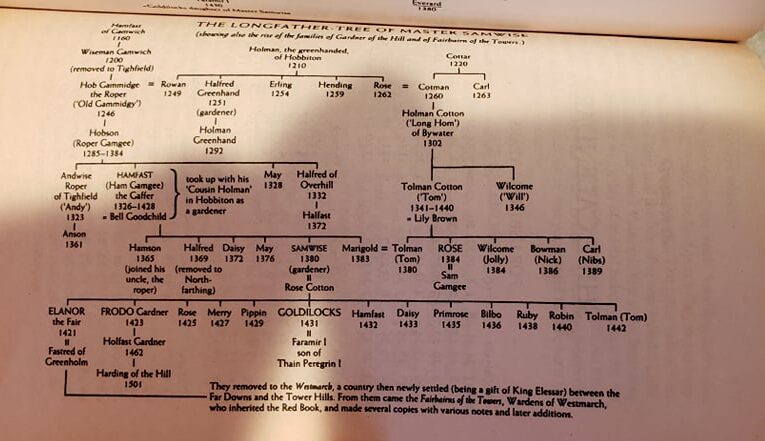
Source: The Lord of the Rings: The Return of the King
Appendix A also documents the lineage of the Kings of the First Mark, Durin’s Folk, the House of Eorl, Gondor and the heirs of Anarion, Eriador, Arnor, and the heirs of Isildur, as well as the kings of Numenor.
It’s hard to imagine that Tolkien did not care about biological questions when he clearly spent time on family trees and detailing numerous lines of kings and lineages.

Source: The Lord of the Rings: The Return of the King
Nevertheless, these supposed researchers then claim, “Still, there is some evidence of dark-skinned elves and hobbits in drafts of The Silmarillion and the prologue of The Lord of the Rings.”
They do not mention what this evidence is, which is very surprising coming from such self-proclaimed specialists and experts.
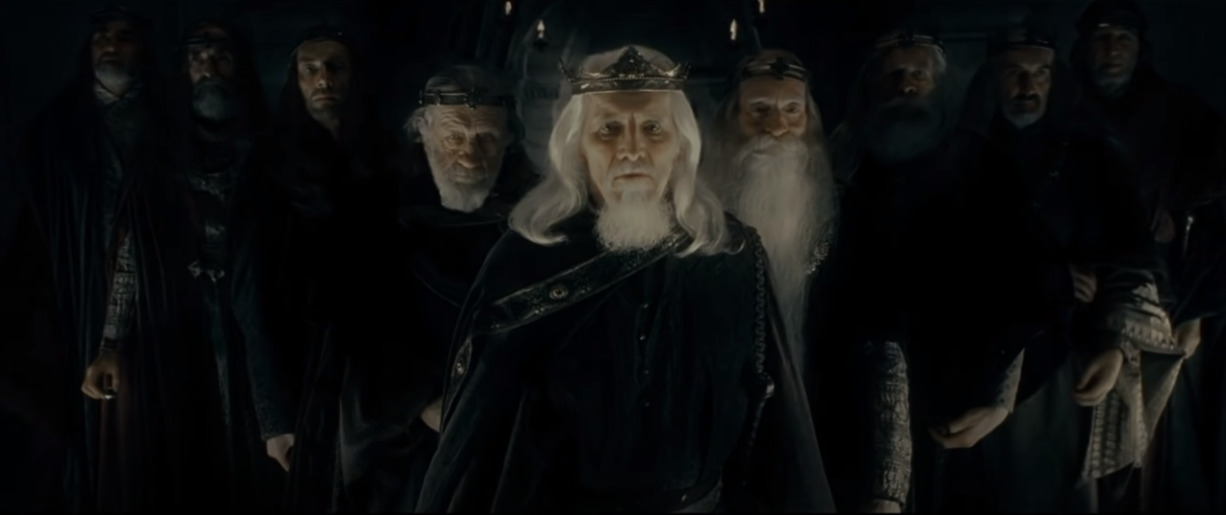
Source: The Lord of the Rings: The Fellowship of the Ring Extended Edition
It’s highly likely their “evidence” from the prologue is Tolkien’s descriptions of Harfoots, a breed of Hobbits.
Tolkien writes, “The Harfoots were browner of skin, smaller, and shorter, and they were beardless and bootless; their hands and feet were neat and nimble; and they preferred highlands and hillsides.”
Next describing the Stoors, Tolkien wrote, “The Stoors were broader, heavier in build; their feet and hands were larger; and they preferred flat lands and riversides.”
As for the Fallohides, Tolkien wrote, “The Fallohides were fairer of skin and also of hair, and they were taller and slimmer than the others; they were lovers of trees and of woodlands.”
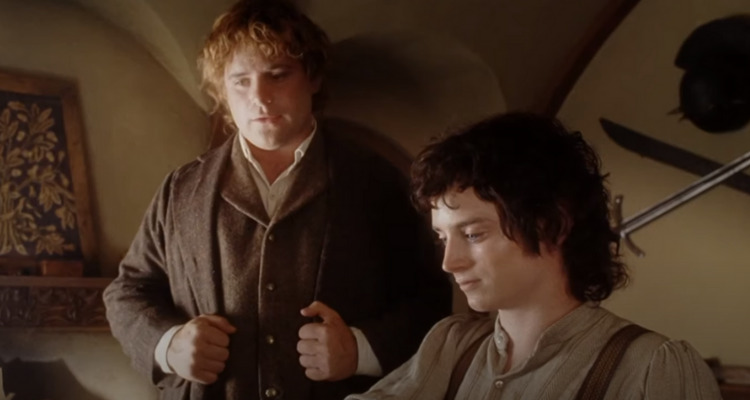
Source: The Lord of the Rings: The Return of the King
Tolkien would then provide some more information about the Harfoots stating, “The Harfoots had much to do with Dwarves in ancient times, and long lived in the foothills of the mountains. They moved westward early, and roamed over Eriador as far as Weathertop while the others were still in Wilderland.”
“They were the most normal and representative variety of Hobbit, and far the most numerous. They were the most inclined to settle in one place, and longest preserved their ancestral habit of living in tunnels and holes,” he added.
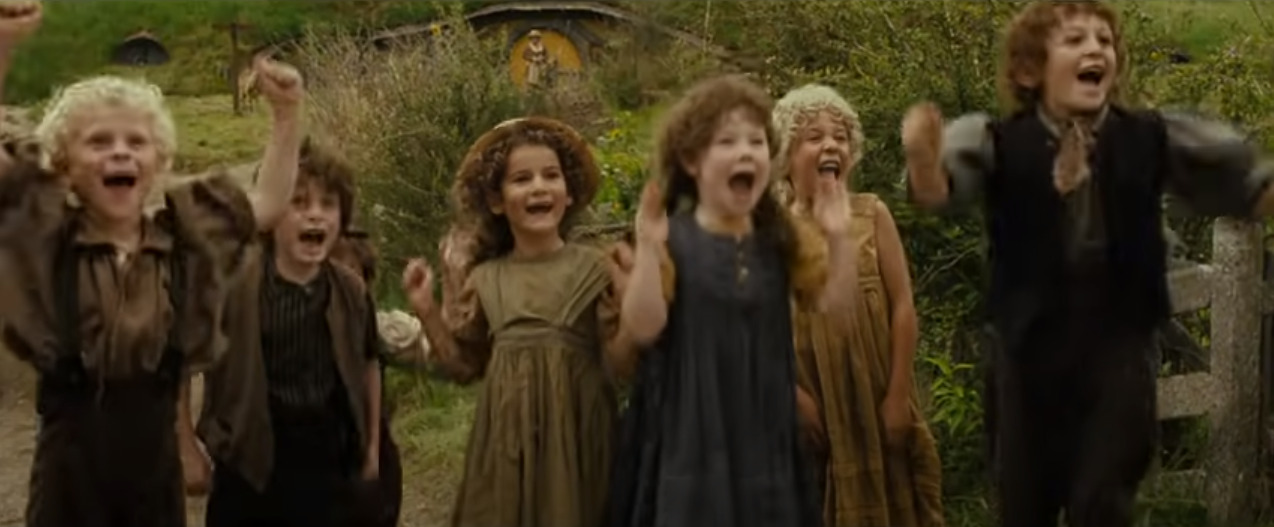
Source: The Lord of the Rings: The Fellowship of the Ring
Tolkien would continue to provide details about these three strains even mentioning that the Fallohide strain could be seen in the Tooks, “The Fallohides, the least numerous, were a northerly branch. They were more friendly with Elves than the other Hobbits were, and had more skill in language and song than in handicrafts; and of old they preferred hunting to tilling.”
“They crossed the the mountains north of Rivendell and came down the River Hoarwell. In Eriador they soon mingled with the other kinds that had preceded them, but being somewhat bolder and more adventurous, they were often found as leaders or chieftains among clans of Harfoots or Stoors. Even in Bilbo’s time the strong Fallohidish strain could still be noted among the greater families, such as the Tooks and the Masters of Buckland.”

Source: The Lord of the Rings: The Two Towers Extended Edition
So while the Harfoots have browner skin it’s in comparison to the Fallohides who have fairer skin.
Tolkien also makes it perfectly clear that most Hobbits are Harfoots as they “were the most normal and representative variety of Hobbit.”
This distinction is seen in The Two Towers when Tolkien describes Frodo and Sam. Frodo being a descendant of the Brandybucks is part Fallohide. Tolkien writes, “In his lap lay Frodo’s head, drowned deep in sleep; upon his white forehead lay one of Sam’s brown hands, and the other lay softly upon his master’s breast.”
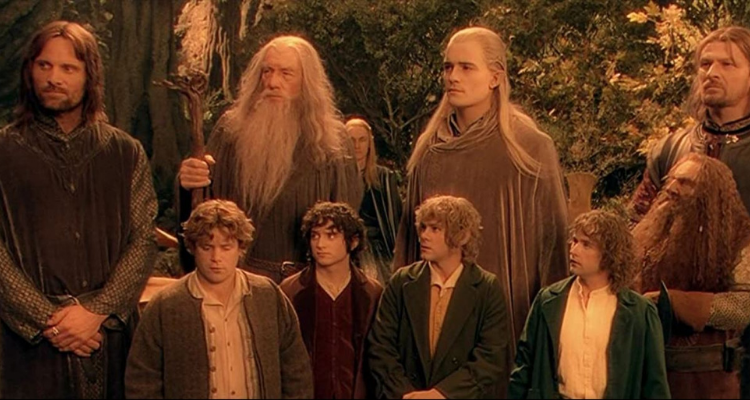
Source: The Lord of the Rings: The Fellowship of the Ring
Brown was also used to describe individuals of Mediterranean descent.
In the 1915 book, Myths of Babylonia And Assyria, Scottish writer Donald Alexander Mackenzie wrote, “This distinguished ethnologist is frankly of opinion that the Sumerians were the congeners of the pre-Dynastic Egyptians of the Mediterranean or Brown race, the eastern branch of which reaches to India and the western to the British Isles and Ireland. In the same ancient family are included the Arabs, whose physical characteristics distinguish them from the Semites of Jewish type.”
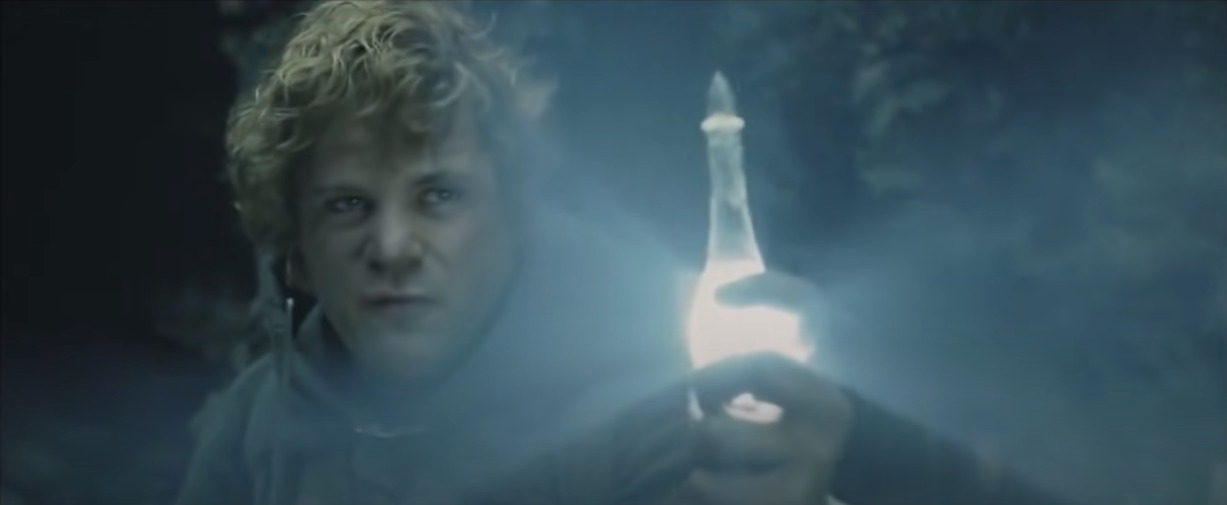
Source: The Lord of the Rings: The Return of the King
Next, the two women argued, “Even if Tolkien had specified that all elves, dwarves and hobbits were white, it still wouldn’t matter.”
They explained, “Adaptations are original cultural products that can imitate, question, rewrite or interpret source material in various ways. Each adaptation is a new text.”
They then claim “And each is an opportunity to update outdated and unacceptable tropes, and find ways to represent and normalise non-white characters.”
So, not only do they accuse Tolkien of having “outdated and unacceptable tropes” they also advocate for the removal of white characters purely based on their skin color. That’s called racism.
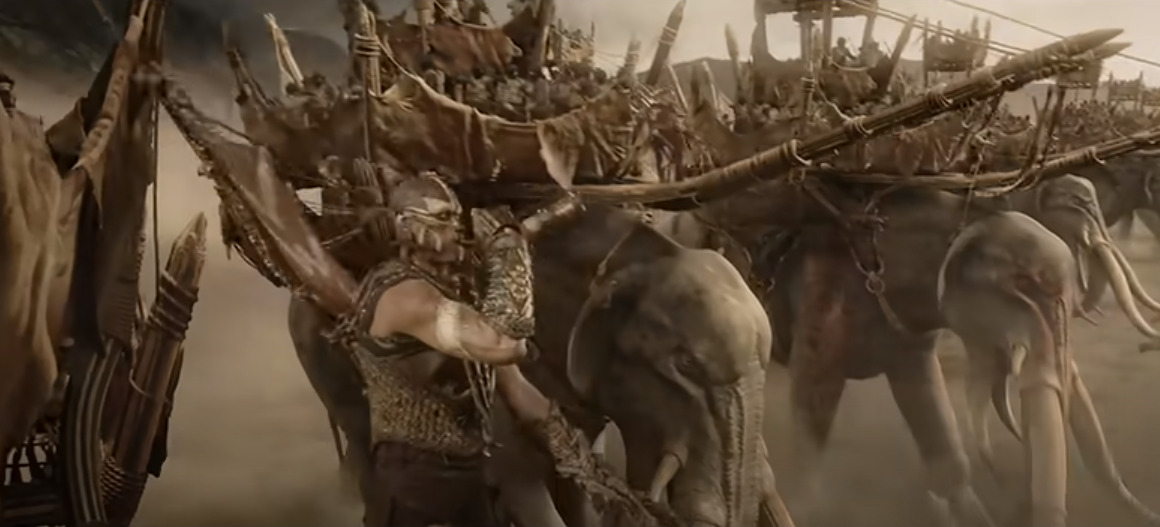
Source: The Lord of the Rings: The Return of the King
As for what these outdated and unacceptable tropes are, they first accuse Tolkien of racializing good and evil.
They write, “If Amazon must have a diverse cast in this drama, why not stick to having actors of colour playing the characters who are dark-skinned in Tolkien’s texts? But that would perpetuate and reinforce the racialised view of good and evil in Middle-earth.”
“Despite Tolkien’s overall message of friendship and co-operation, and despite his raging against the Nazis, the face of evil in Middle-earth is invariably non-white/non-European,” they claim.

Source: The Lord of the Rings: The Two Towers
Tolkien’s son, Christopher, detailed that Tolkien rejected this type of allegorical reading of his books.
Christopher Tolkien addressed allegorical readings of his father’s work saying, “People can of course find allegories if they wish to, but as you can see, it was wholly outside his conception of what he was doing and what he called fantasy.”
He continued, “The world he created exists for itself and for what it tells you and for what delight it gives you. It may of course contain as indeed it does elements of his own comprehension, his view of the world at-large, but not anything out of the primary world.”
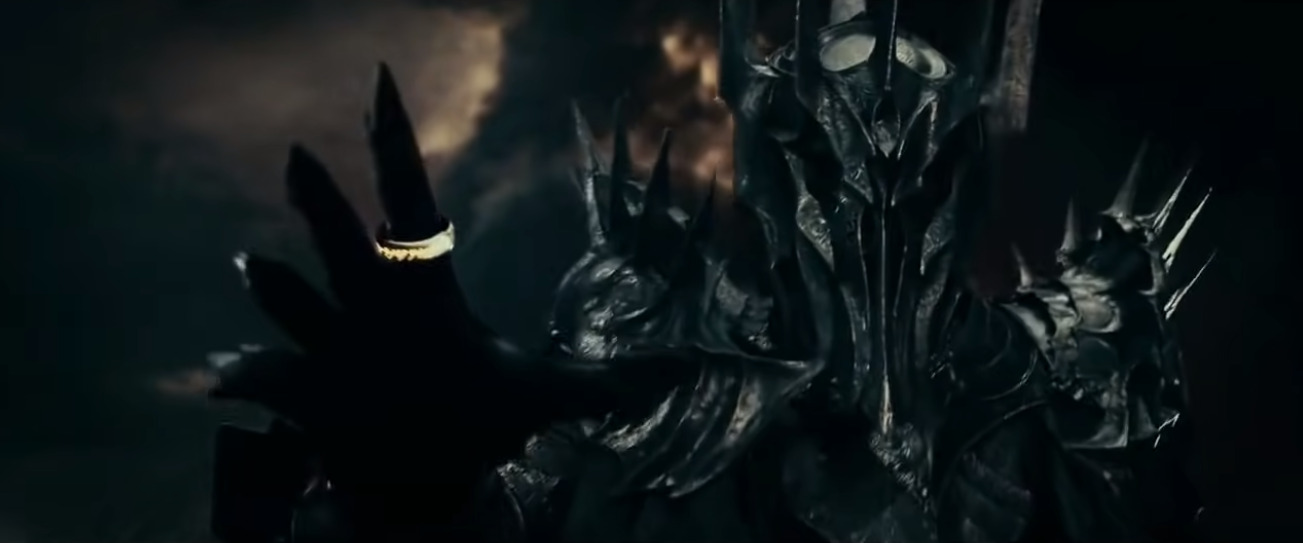
Source: The Lord of the Rings: The Fellowship of the Ring
J.R.R. Tolkien’s son then states, ”Just as it contains no specific reference to the Christian religion, it naturally contains no specific reference to communism or fascism. Absolutely not.”
“His view of such things, if available at all, will be in solution, in the secondary, mythical or mythological world that he has created. But not actually itself. Therefore it is in no sense an allegory. A double meaning is not present,” Christopher Tolkien asserted.
Despite this the two authors went on to accuse Tolkien of orientalism and prejudice because of his depictions of orcs and the men who join Sauron.
They write, “Tolkien’s portrayal of the Orcs (legions of evil creatures) and the men who ally themselves with Sauron (the arch-villain of LOTR) uses many stereotypes associated with orientalism and the language of prejudice often found in literature from the era of British imperialism (Tolkien was born and grew up in the late Victorian and Edwardian periods).”

Source: The Lord of the Rings: The Fellowship of the Ring
The lack of poor research of their entire article reared itself again when they cited a letter Tolkien wrote to Milton Waldman in 1951. They claim that Tolkien wanted to leave The Lord of the Rings “for ‘other minds and hands’ to contribute to his mythology.”
This simply isn’t true. In Letter 131 to Milton Waldman, Tolkien writes, “Do not laugh! But once upon a time (my crest has long since fallen) I had a mind to make a body of more or less connected legend, ranging from the large and cosmogonic, to the level of romantic fairy-story-the larger founded on the lesser in contact with the earth, the lesser drawing splendour from the vast backcloths – which I could dedicate simply to: to England; to my country.”

Source: The Lord of the Rings: The Two Towers
He continued, “It should possess the tone and quality that I desired, somewhat cool and clear, be redolent of our ‘air’ (the clime and soil of the North West, meaning Britain and the hither parts of Europe: not Italy or the Aegean, still less the East), and, while possessing (if I could achieve it) the fair elusive beauty that some call Celtic (though it is rarely found in genuine ancient Celtic things), it should be ‘high’, purged of the gross, and fit for the more adult mind of a land long now steeped in poetry.”
“I would draw some of the great tales in fullness, and leave many only placed in the scheme, and sketched. The cycles should be linked to a majestic whole, and yet leave scope for other minds and hands, wielding paint and music and drama. Absurd,” Tolkien wrote.
He’s clearly not referring to The Lord of the Rings here, but an altogether separate idea he had about a connected legend dedicated to England.

Source: The Lord of the Rings: The Two Towers Extended Edition
Hilariously, as they close out their article they assert, “Once it airs, the new Amazon series will be critiqued by academics and fans alike for many of its choices regarding plot, characterisation and setting. But judging the casting based on skin colour and claiming Middle-earth as exclusively white is not just misguided, it clearly exposes what researcher Helen Young has called fantasy’s “habits of whiteness”.”
The lack of self-awareness is galling. They spent an entire article arguing why Prime Video is right in race-swapping characters despite it not being part of Tolkien’s works.
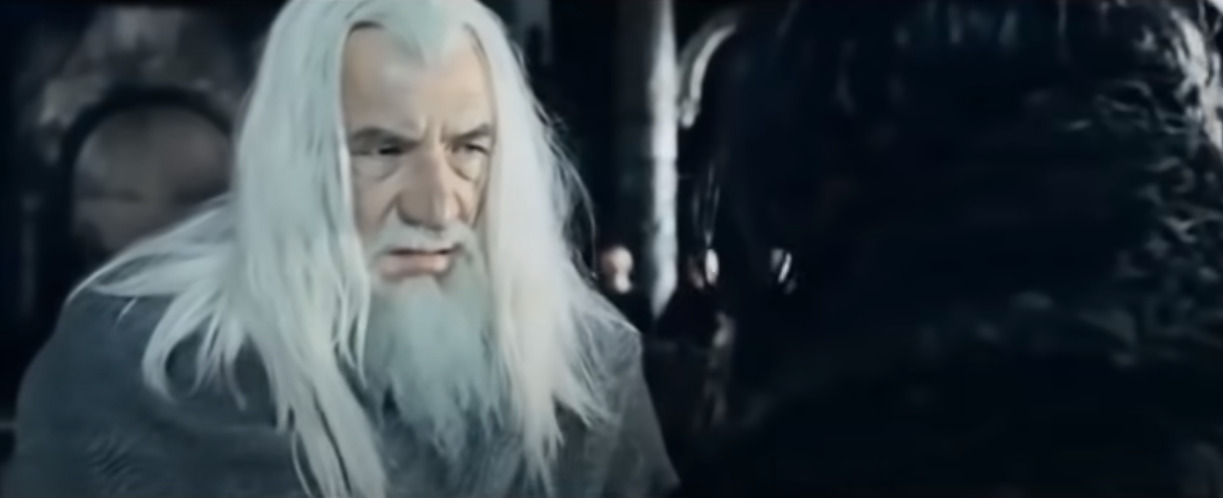
Source: The Lord of the Rings: The Two Towers Extended Edition
On top of this, the claim they make about Middle-earth being exclusively white flies in the face of their own assertions that critics of the casting suggest the show feature “actors of colour playing the character who are dark-skinned in Tolkien’s texts.”
How can Middle-earth be exclusively white if there are dark-skinned characters? It doesn’t make any sense.
It’s no surprise, this entire article was written in bad faith, lacks any kind of actual research and evidence, and appears to simply be Fimi and Maldonado’s confession that they are racists.
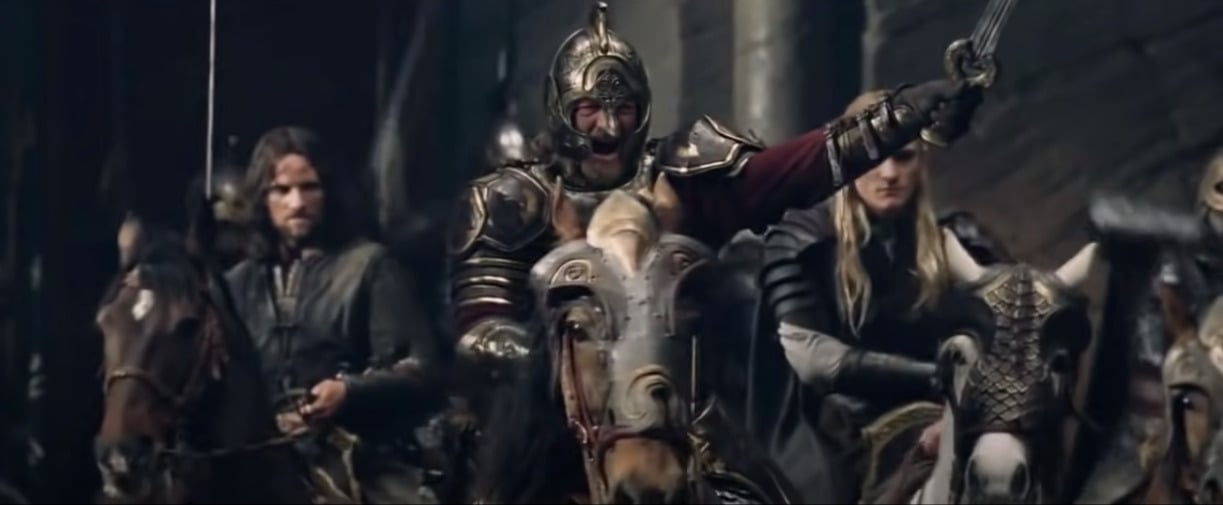
Source: The Lord of the Rings: The Two Towers
YouTuber Gary Buechler at Nerdrotic reacted to this article and specifically Fimi and Maldonado’s assertion that The Rings of Power is an “opportunity to update outdated and unacceptable tropes, and find ways to represent and normalise non-white characters.”
He said, “Who is being the racist? These conversations are not new to academia. These conversations are most certainly new to fandom. You have to at least appreciate their honesty with their own racism.”

The Lord of the Rings: The Two Towers
What do you make of Mariana Rios Maldonado and Dimitra Fimi’s accusations against Tolkien and their admitting to be racists?
More About:Books Movies Television
